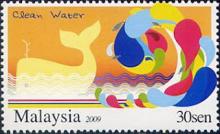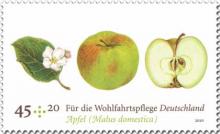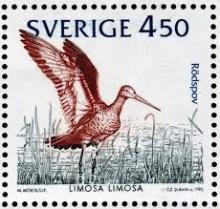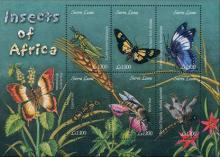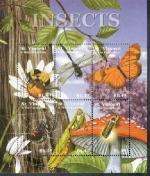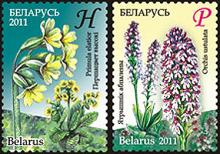Pesticide authorisation procedures fail to adequately protect biodiversity in rivers
Before a pesticide is allowed to go on sale, it has to pass a standard EU authorisation process. However, the current procedure does not sufficiently protect the environment, according to a joint study by the University of Koblenz-Landau, the Helmholtz Centre for Environmental Research (UFZ), the University of Aarhus (Denmark), and the University of Technology, Sydney just published in the international journal Environmental Science and Technology. To carry out this meta-analysis, a number of globally available field studies on the effect of pesticides were compared and evaluated. We compiled data from eight field studies conducted between 1998 and 2010 in Europe, Siberia, and Australia to derive thresholds for the effects of pesticides on macroinvertebrate communities and the ecosystem function leaf breakdown.


